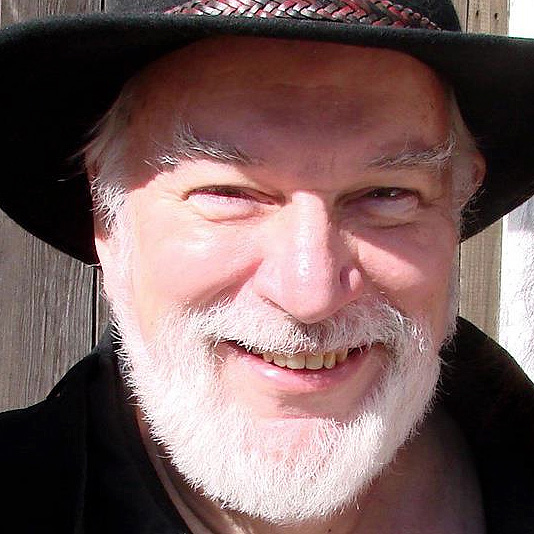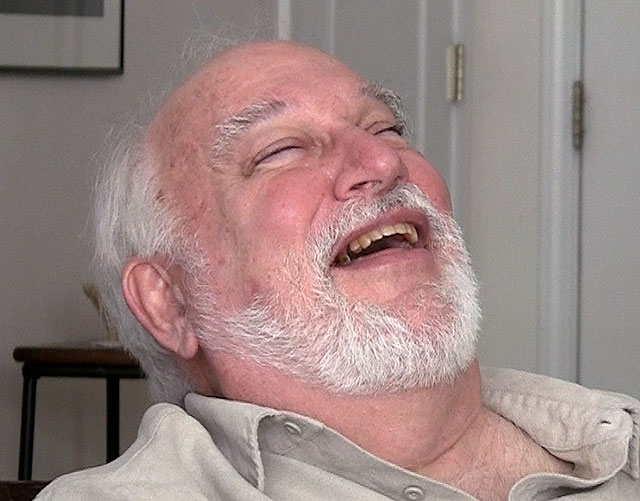 |
 |
 |
|
.
|
||||||||
| . | ||||||||
|
THE TIMES: 1970. The year of The Now Explosion. No CDs. No iTunes. No cassette tapes. No streaming to iPhones or iPads or any other digital device. None of that existed in 1970. Just the radio or 45s.
No, I'm not talking about a deadly weapon that played music. I'm talking about a 7” vinyl disc with a big hole in the center that played at 45 revolutions per minute (RPM). You bought them at the local music store and played them on your record player at home. The audio signal was recorded into tiny grooves in the vinyl surface that wound continuously from the outer edge of the record to the inner. The record player had a pick up needle that rode in these grooves and transmitted the signal to an amplifier and speaker. Same was true of motion pictures. Mostly they were shot on a strip of plastic, 16 or 35mm wide, with sprocket holes down the side for transport and coated with a photographic emulsion that had to be developed in a 'soup' of various chemicals to bring forth an image. There was also Videotape, a 2” wide strip of plastic coated with magnetic oxide (rust) that zipped through a refrigerator-sized recorder at 15 or 30 inches per second (IPS). The advantage of videotape was that it could be erased and used again. This was critical to the production of The Now Explosion. That was it. Records or radio. Film or videotape. The Now Explosion used all of these, except radio, but it was patterned after top-40 radio programming. TAPE VS FILM: Much of The Now Explosion, primarily the dance numbers, was shot on 2” quad (recording format) videotape in a large studio with 4 or 5 cameras, a crew of about a dozen, and several young attractive guys and gals dancing their hearts out. I was not involved in this part of the production process. Songs that required exterior locations or that were not suitable for dancing, ballads for example, were shot on 16mm film. That's what I did. The camera I used was a spring-wound Bolex with an Angenieux 12-120mm zoom lens and a Miller fluid head tripod. That's it. Zero crew. One-man band. And always at the mercy of nature. SHOOTING THE FILMS: Every Monday morning the producer, Genii McCauley, gave me 45s of the songs she wanted films for that week. I played them over and over again, taking timings with a stop watch, and came up with scripts scribbled on notebook paper. I'd decide the locations I wanted to shoot at and who I wanted to be in the films, then collected whatever props I needed. That was Monday. On Tuesday I started shooting. At daybreak. I had four days to shoot 5 films. To do this I had to carefully schedule locations and my actors in order to get all the shots I needed. I scripted my films to be shot outdoors. Why? Because we didn't have the time or money for interior lighting. Eventually I was able to purchase a few cheap photo light fixtures with flimsy lightweight stands. Better than nothing and next thing to it, but at least I could shoot some interiors, especially if it started raining. LET THERE BE LIGHT: Battling the elements and sun position was a never ending process. I had a small sun reflector which was basically a plywood board covered with aluminum sheeting and mounted on a pivotable stand. But I didn't have a crew member to steady it and if there was the least bit of breeze the reflected light would bounce around. Also, reflectors can cause eye damage to the actors if not properly positioned, so I rarely used one. When we moved the show to Ft. Lauderdale, rain showers were something I had to contend with almost daily. Cameras don't function well in the rain. Neither do cameramen. And certainly not actors. So we took shelter, or lunch, and waited for the shower to end. Luckily they were usually short, but afterwards, the grass and trees were wet and would not match the stuff shot before the shower. So I would start back up with as many closeups of the actors as I could, throwing the background out of focus. With Florida sun, things dried out quickly and I could get then take wider shots. THE MAGIC COURIER: All while I was shooting, the producer Genii McCauley sent out a courier on a motor scooter to periodically collect what I had shot so far and take it to the lab in Miami for processing. He would then deliver the film that was already processed to my editing table at the office. I was always amazed that he could find me no matter where I was filming because most of the time I didn't know where that would be myself. And remember, this was long before cell phones. We shot The Now Explosion with the same newsreel film that brought the Vietnam War into America's living rooms, 16mm Eastman 7242 Ektachrome EF. We used EF instead of the commercial grade Ektachrome (ECO) because it was two stops faster, meaning more sensitive to light. That was important to us and widened the range of locations we could shoot at. It also gave us an extra hour of shooting time in the morning and in the afternoon. Priceless. NOW EXPLOSION INTERNATIONAL HEADQUARTERS: When it got too dark to shoot, I headed back to the office. The Now Explosion offices were located in a small strip center with a bar on one side and a funeral home on the other. I immediately understood why Genii and Bob Whitney chose it. Made perfect sense. There was also a Burger King within walking distance and that's usually where I grabbed supper. Let me tell you a little about our producer Genii McCauley, one of the most incredible people I ever worked with, and my first boss in the business. She was the very definition of a workaholic. I've never known anybody before or sense that could do as many tasks simultaneously as she could. She was always there when I showed up each morning and still there when I left, usually late at night. She always knew exactly what everybody was working on and made sure they got it done right and on time. Amazing woman and our beloved den mother. We always knew she had our backs, even though she occasionally crawled up them. CUTTING IT DOWN TO SIZE: After a sumptuous Burger King fete I returned to the office and scooted up to my editing table. The usual procedure when editing a film is to make prints (called workprints) of the camera original, then store the original away in a clean, safe, climate-controlled facility, like a lab. The actual editing takes place using the workprints and only after everyone involved is happy with the results is the camera original pulled out and matched to the edited workprint in a clean room environment. Then new prints are made from the edited originals and this is what you see on TV or in a movie theater. Due to time and budget constrains with The Now Explosion, following this standard industry procedure was impossible. As hard as this is to believe, the ACTUAL 16mm camera original was edited. No room for error. Unfortunately, the film was subjected to a tremendous amount of wear during the process. Regardless of how careful you were, scratches and dirt were inevitable. As for cutting to music, usually the music is recorded onto 16mm magnetic film so the cut points (usually downbeats) can be marked and the film cut precisely to match using a device called a synchronizer, a metal block with 16mm sprocket wheels (called gangs) on a shaft that keep the two strips of film mechanically locked together during editing. At least one gang is fitted with a magnetic playback head connected to a small amp/speaker. A footage and frame counter geared to the gangs allowed precise measurement from the start to a specific point, or from one scene to another. Again, we didn't have the luxury of 16mm magnetic recordings. Instead, I had a stopwatch. That's it. I took stopwatch readings for each cut point, converted these into 16mm feet and frames, and cut the film accordingly. For example, 5 seconds of screen time equals 3 feet of 16mm film. And if that wasn't scary enough, I used cement (glue) splices to join each cut. Since a small part of the film is destroyed whenever you make a cement splice, you can't undo them. So you had better be damn sure that's where you wanted the cut to go. I worked late each night editing my films, then went to my bungalow and crashed, getting up before dawn for the next day's shoot. When I got behind, I'd work through the night – no sleep. Good thing I was very young, full of energy, and didn't need much sleep. SHOWTIME: At midnight on Friday I had to be at a TV station in Miami for my edited films to be transferred to 2” videotape masters. The film was strung up on a TV film chain projector with the cue point (usually a hole punch) in the gate. A 45 RPM recording of the song was placed on a turntable (record player) in the control booth and cued. These were patched into a videotape recorder with a reel of blank tape threaded and cued. The engineer had one finger on the film chain start button and another on the turntable. The videotape recorder was started and then someone would count off three-two-one and the engineer pushed the start button on the film chain with one hand and at the same time, lifted the finger that was holding the record on the turntable. You may laugh at the absurdity of this, but most of the time it worked and the film and music were in perfect synchronization. A few times it wasn't and we had to stop, re-cue, and try again. EPILOGUE: Once the film was mastered onto videotape it had no importance to the production process and little thought was given to it. The film had served its purpose. Luckily when I left The Now Explosion, I located as many of the films I made as I could and Genii graciously made a gift of them to me. That's the only reason they exist today. I used some of them on my sample reel, since I was just getting started in the business, and then packed them all away into boxes where they lived in various abodes for over 40 years. Inevitably even more damage occurred. I dug them out a little over a year ago at Bob Whitney's request and delivered them to the UGA Film Archive, who recently made digital transfers and sent copies to me. What about the video masters of my films, and many other videos, that were made in 1970? This is one of the most heartbreaking stories of The Now Explosion and one that Bob Whitney will have to recount since it happened years after the show ended and I was no longer involved. Questions: I will be happy to answer any questions you may have about the films that have been restored (more to come), either how they were done or my personal recollections. Or about the show in general. Just follow the link Bob Whitney has set up for this purpose. After all these years it has been a thrill to me that so many of you remember and are interested not only in the films I made but all the other great Now Explosion videos that still exist. As long as there are fans like you, The Now Explosion will continue to live. Thank you. |
||||||||
|
.
|
||||||||
|
|
||||||||
|
|

